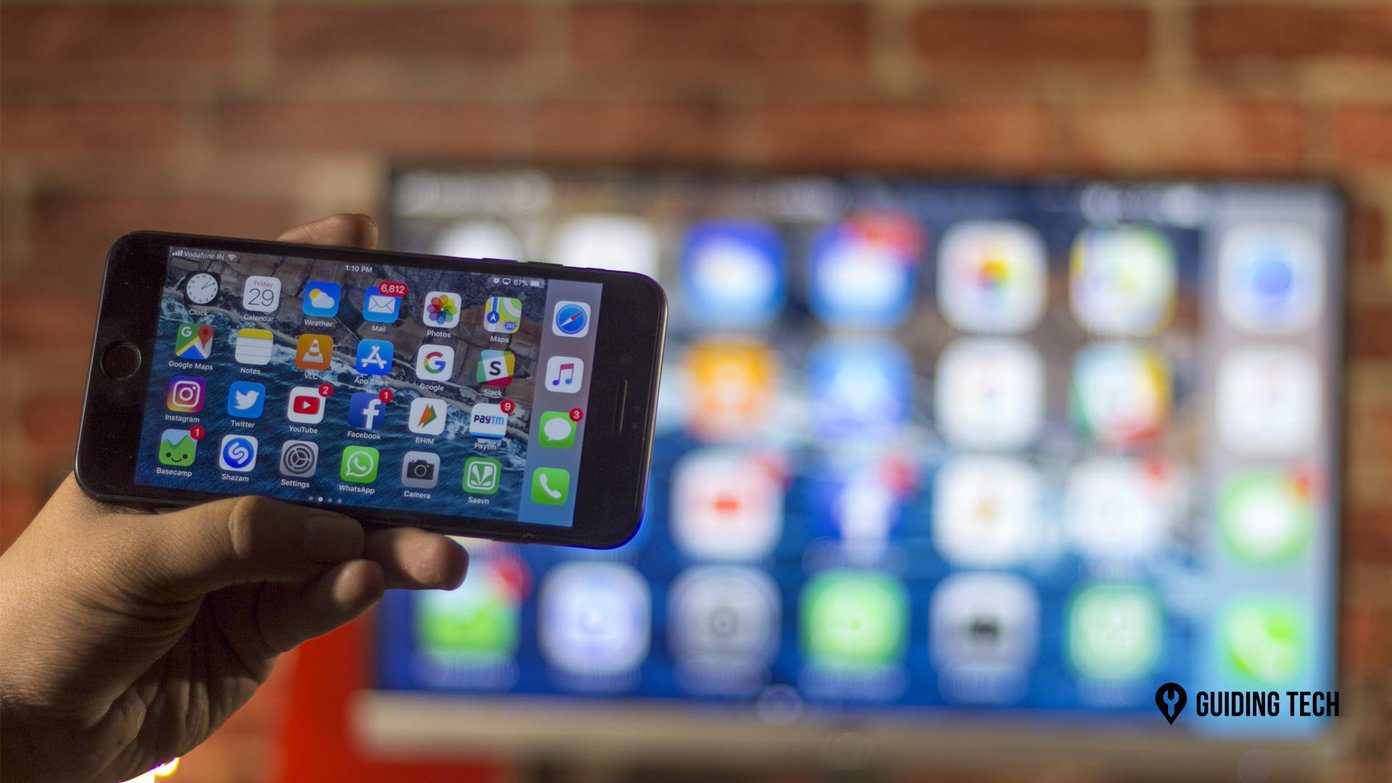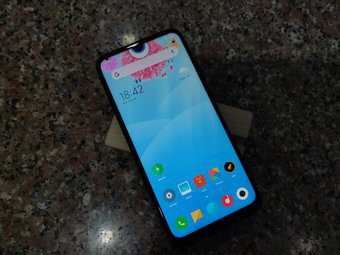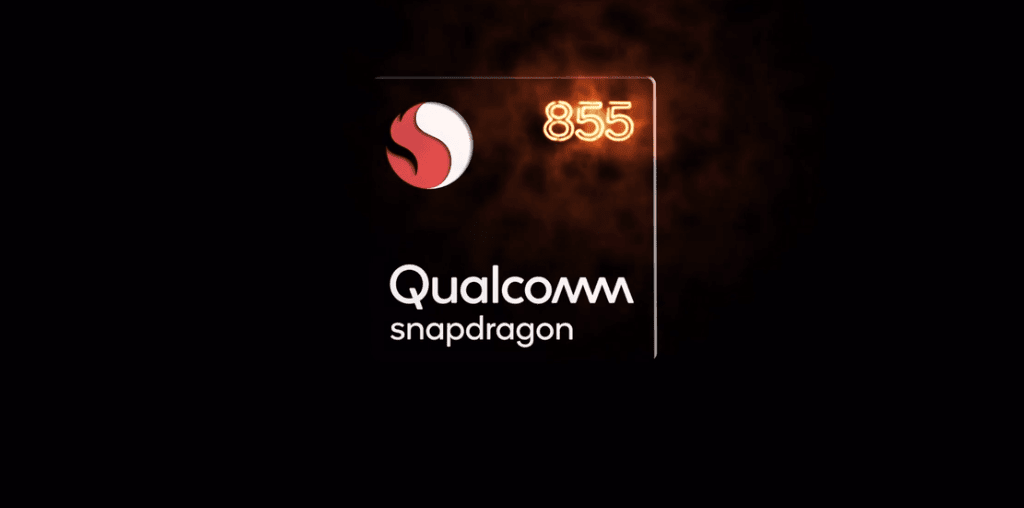In 2005, the original Android Inc company was acquired by Google and since then, Android has never looked back. Android is basically a free open-source operating system (OS). Designed particularly for mobiles, the Android OS is now available for tablets, TV, and cars. Since it is an open-source software, tech companies can use it for free. They can alter it as per their preference and build a new ROM based on Android. In this post, we are going to talk about one such Android ROM. Offered by Xiaomi, the modified ROM goes by the name MIUI. We will compare it with stock Android to see how it stacks up against the purest form of Android. But, let’s first understand the difference between the two.
Difference Between MIUI and Stock Android
Android is an operating system and MIUI is a customized firmware built on Android. It isn’t an operating software on its own. It uses Android as a base layer. As mentioned above, smartphone manufacturers can use Android OS and modify it as they want. When the manufacturers customize the Android OS, the basic internal working of Android software remains the same. The only difference is visible on the outside i.e. the user interface. This, in turn, affects the speed and performance of the custom firmware. It’s not only Xiaomi who is using a custom firmware on their phones. Here are some other examples of custom ROMs:
TouchWiz – SamsungOxygen – OnePlusEMUI –Huawei
So, basically all the Xiaomi phones are Android phones but they run the MIUI firmware. Similarly, if a phone runs on the original version of the Android created by the Google, it is said to have Stock Android. Zero modifications are done to the Android operating system in Stock Android. Yep, that’s what I meant when I said “purest form of Android.” Well, to be fair, Google phones are the only devices on which you get to experience pure Android. Other devices have a little bit of modifications here and there. But, overall, they are very different from devices running MIUI. MIUI is pretty much a copy of iOS in terms of how it looks and works. Wannabe iOS, if you will. Now that you know the difference between the two, let’s get started on pros and cons of MIUI and Stock Android. We will first focus on MIUI and Stock Android’s built-in software capabilities followed by the special features that you can get by installing third-party apps.
Software Features
1. Bloatware – Additional Apps
All the Android devices, whether they run Stock Android or MIUI, have Google apps pre-installed on them. In addition to these apps, most of the custom ROMs including MIUI have other pre-loaded apps. These apps cannot be uninstalled usually and hence are called bloatware. Stock Android devices have zero bloatware. They let the user decide as to what apps they need. Although this sounds good, Stock Android devices even lack the basic apps such as a file manager, and proper gallery and music apps. Yes, they do have Google Photos and Play Music installed but they are too fancy for simple tasks. Other than Google apps, no third-party app is installed on Stock Android. If you are looking for Google apps alternatives, read this. On the other hand, MIUI is loaded with Mi Apps. It has a built-in gallery, music player, notes, screen recorder, a compass app, etc. These apps are available in addition to the Google apps. You also get other apps such as Mi Store, Mi apps, Mi Community, Mi Drop, and Mi Security that includes a cache cleaner and all. All these apps contribute to a larger size, and this in turn affects its performance.
2. Performance – Sluggish or Speedy
Stock Android is a clean and uncluttered software. With no baggage of additional apps, the Stock Android devices are overall smooth. Undoubtedly, they offer faster performance as compared to MIUI. But, at the end of the day, overall performance depends on the hardware of the device too. If you compare a Stock Android device running 1GB RAM and a MIUI device having 4GB RAM, the device running MIUI will obviously perform better. But, when you have devices with similar specifications, you will clearly see the difference.
3. Software Updates
As they say, ‘With power comes great responsibility’. MIUI, although offers a few additional apps, the software updates and security patches are slow as compared to Stock Android. Since there isn’t much customization in Stock Android, these devices receive faster updates. But, to be fair to Xiaomi, MIUI receives updates quickly and frequently if compared with other firmware. However, frequent updates lead to the following problem in MIUI.
4. Stability and Bugs
Google tests Stock Android thoroughly before releasing it to the public. Rarely, the updates will have bugs or will make your phone unstable. Same is the case with Samsung’s TouchWiz. They also release well-tested software. However, I’m afraid, I can’t say the same thing about MIUI. With each MIUI update, there is a risk of getting new bugs or facing the lag issue.
Extra Features
In addition to the above-mentioned software powers, MIUI and Stock Android differ in the following features too.
1. App Drawer
Just as I said above, MIUI is trying really hard to clone iOS. And thanks to that, it doesn’t include an app drawer like the one present in Stock Android. All the widgets and icons are available directly on the home screen in MIUI similar to iOS. If, however, you want to have an app drawer on your MIUI powered device, you can change your default launcher to the one that supports app drawer. Similarly, if you don’t like the app drawer on devices running Stock Android, you also need to download third-party launchers to disable the app drawer.
2. Theme Support
MIUI is all about customization. From the built-in modifications to external customizations offered to users, MIUI has it all. Unlike Stock Android, which still lacks themes (Come on Google, it’s 2018!), MIUI offers superb theme support. You can download multiple free themes from the Theme Store without the need to root your device. If you want to install themes on devices running Stock Android, you can do that with the help of Substratum theme engine. You don’t need to root your device if you are having Android Oreo 8.0+. However, if you are running anything lower than Oreo 8.0, you will have to root your device first.
3. Dual Apps
In addition to the theme support, MIUI also offers Dual apps feature. With the help of this feature, you can run two instances of the same app on your device. For example, if you have a dual SIM phone and you want to run WhatsApp for both numbers on the same device, you can use this feature to operate two WhatsApp accounts. Unlike Stock Android where you have to download third-party apps to run multiple accounts, MIUI’s native Dual apps feature might be a big plus for some.
4. App Lock
Don’t you hate it when people take your phone without your permission and start checking various apps on your device? What if you could lock a few of those apps? You can in MIUI. Present under the Settings, the App lock feature lets you lock both the pre-installed and downloaded apps with a password. Although you can lock the apps in Stock Android by downloading third-party apps from the Play Store, the feature is missing in Stock Android by default.
5. Call Recording
The call-recording feature is part of some of the cool calling settings available in MIUI. All the MIUI devices let you automatically record calls without any third-party app. You can even start recording while you are on a call. To record calls on Stock Android devices, you will have to download call-recording apps from the Play Store. Similarly, there are other features like Quick Ball, gestures, status bar customization and other small settings that are available in MIUI. You will get all these features on Stock Android devices using third-party apps.
Who Wins?
Both. Why you ask? Well, because, each firmware has something that is missing in the other. While MIUI offers pleasant user experience with all the customizations, Stock Android is well known for its marvelous performance. At the end of the day, it depends on your personal choice. If themes, app lock and similar customization options are important to you, then MIUI is your perfect companion. However, if performance and stability is your department, then Stock Android is the boss. The above article may contain affiliate links which help support Guiding Tech. However, it does not affect our editorial integrity. The content remains unbiased and authentic.



![]()















